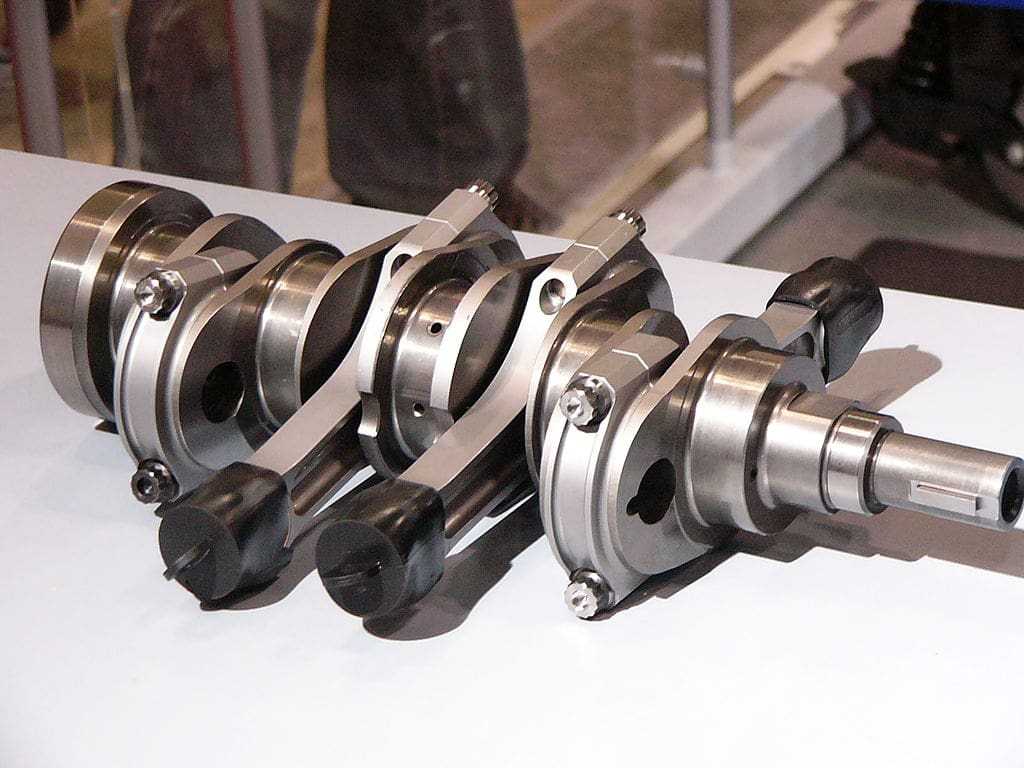Both camshafts and crankshafts are two vital components of a car. A brief discussion about camshaft vs crankshaft and how these work will provide a better understanding of the working process of a vehicle to the drivers and car owners.
What is Camshaft?
A camshaft refers to a long metal rod. Several external objects remain attached to it, including egg-shaped lobes, which initiate the opening and closing functions of intake and exhaust valves. These perfectly placed and times lobes ensure the proper functioning of your car engine through the combustion process.
The latest engines often come with a dual overhead cam design. In this design, two camshafts are there on each side of the car engine. One of them controls the opening of the intake valves, while the other controls the exhaust valves’ opening time.
Some vehicle engines have a quad-cam design, which contains four camshafts. Multiple camshafts add to the variety in design and do not necessarily mean better performance. Many car engines with a single camshaft perform incredibly well.
Several chains, gears, or belts control the camshaft to achieve a precise timing. The latest car models come with a Variable Valve Timing Solenoid. It regulates the camshaft lift and duration as per the necessity of the engine.
SEE MORE
What is Crankshaft?
The function of the crankshaft has a connection with the camshaft. The camshafts help the engine to generate power, and the crankshaft supplies the power to the car.
In simple words, the crankshaft works as the converter of reciprocating motion into rotational motion. It has to go through torsional stress, severe bending, and torsional vibration in this process – all leading to the bearings to become susceptible to a high level of wear.
The crankshaft also looks like a long metal rod. However, it has an uneven look, thanks to its connecting rods and crankpins. A chain, bet, or gear governs the timing of a crankshaft.
Camshaft vs Crankshaft: Working Methods
There is a timing chain, or timing belt, or mesh gear set in the front part of the car engine that connects the camshaft and crankshaft gears. Index the camshafts and crankshafts so that the combustion remains under control. Valve timing plays a significant role in making these two perform in harmony.
Note: All these parts can wear out. Hence, make sure to follow the recommended replacement interval by the manufacturer.

In a four-stroke combustion cycle — including intake, compression, power, and exhaust — the camshaft turns once while the crankshaft turns twice. Turning one time means up and down movement of each piston once.
Each valve will open once for every two crankshaft movements. As a result, only the intake valve(s) open during the intake stroke, and only the exhaust valve(s) open in the exhaust stroke. On the other hand, both valves stay closed in compression and combustion strokes.
Conclusion
The explanation of working methods of camshaft vs crankshaft will help you understand the functions of these parts. If there is an issue in either crankshaft or camshaft, the car engine will not function. When there is a squealing sound, one or both of these components might be having a timing issue.



